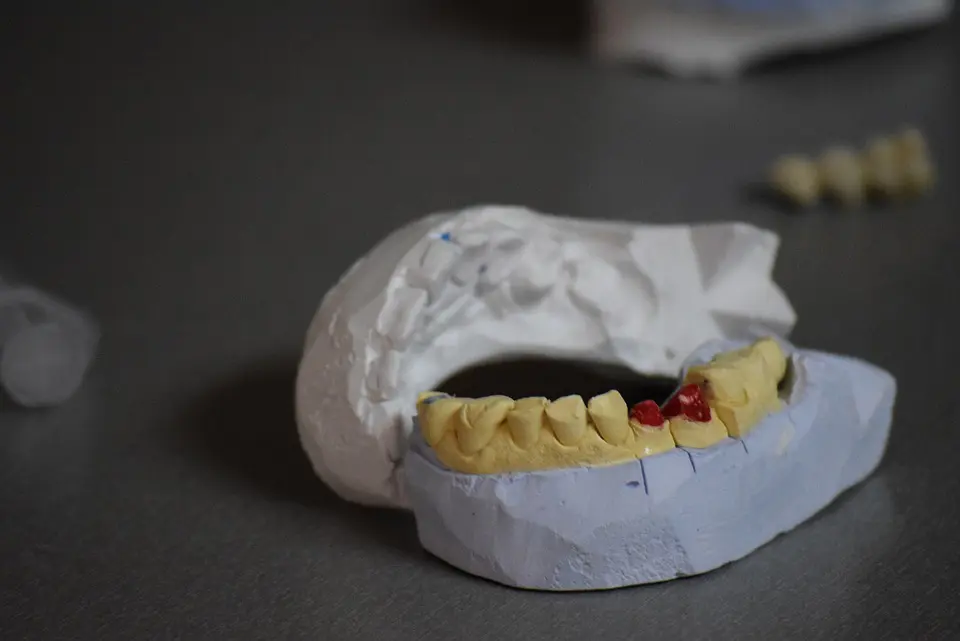Dentists use silver or tooth-colored fillings to fill up a decayed portion of your tooth. The filling is a restorative material to prevent further damage to the tooth.

(Pixabay / ExplorerBob)
The silver filling is a mixture of metals, which include silver, mercury, tin, zinc and copper. The natural-looking, tooth-colored filling is made from plastic and glass particles.
You and your dentist have a choice between the two filling materials. The following are advantages and disadvantages of each:
Silver fillings
Advantages:
- Treatment takes less time, which means less discomfort for the patient and lower cost
- Requires only simple tools for installation
- Fillings are stronger and better able to withstand pressure from biting and chewing
- No long-term safety risks
Disadvantages:
- The fillings may expand or contract due to the fluctuation of temperature, resulting in long-term damage
- More tooth structure needs to be removed as a preparation for the filling
- Patient may experience sensitivity to hot or cold food or beverages after the filling is placed
- It takes longer for the filling to harden
- The fillings contain traces of mercury
Tooth-colored fillings
Advantages:
- There is no health risk associated with the tooth-colored fillings
- They blend well with the natural teeth because they can be color-matched
- Patients have less discomfort after the procedure
- Teeth are less sensitive to hot or cold food or beverages than they are with silver fillings
Disadvantages:
- They are more expensive than the silver fillings
- They require more skill to place
- The filling material can be stained with coffee, tobacco and other dark-colored drinks (and it does not respond to teeth-whitening products)
- Less sturdy than silver fillings
Most dentists today prefer tooth-colored fillings over silver fillings because they look more natural and cause patients less discomfort. At Felt Family Dentistry, we use only tooth-colored fillings for our patients.
